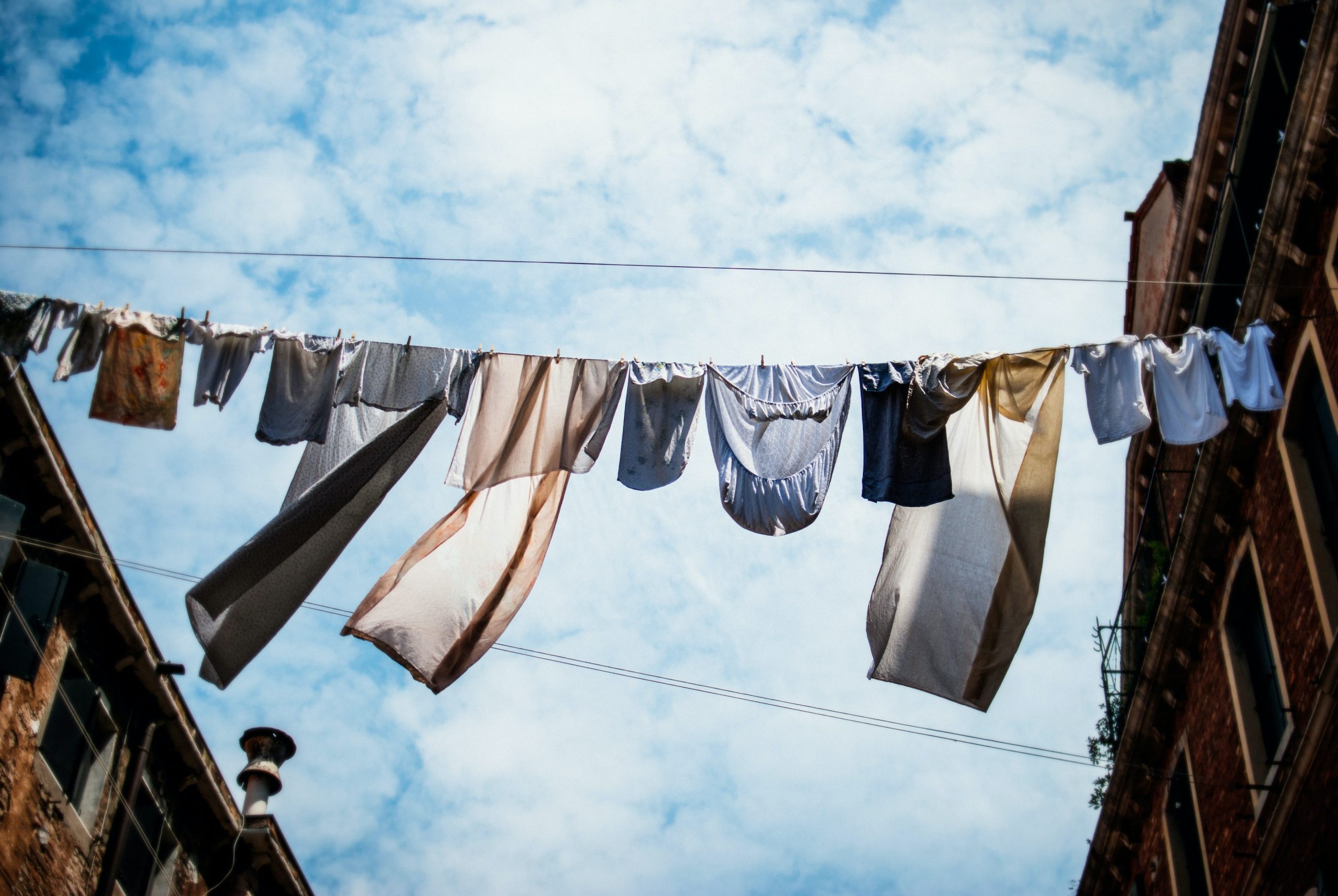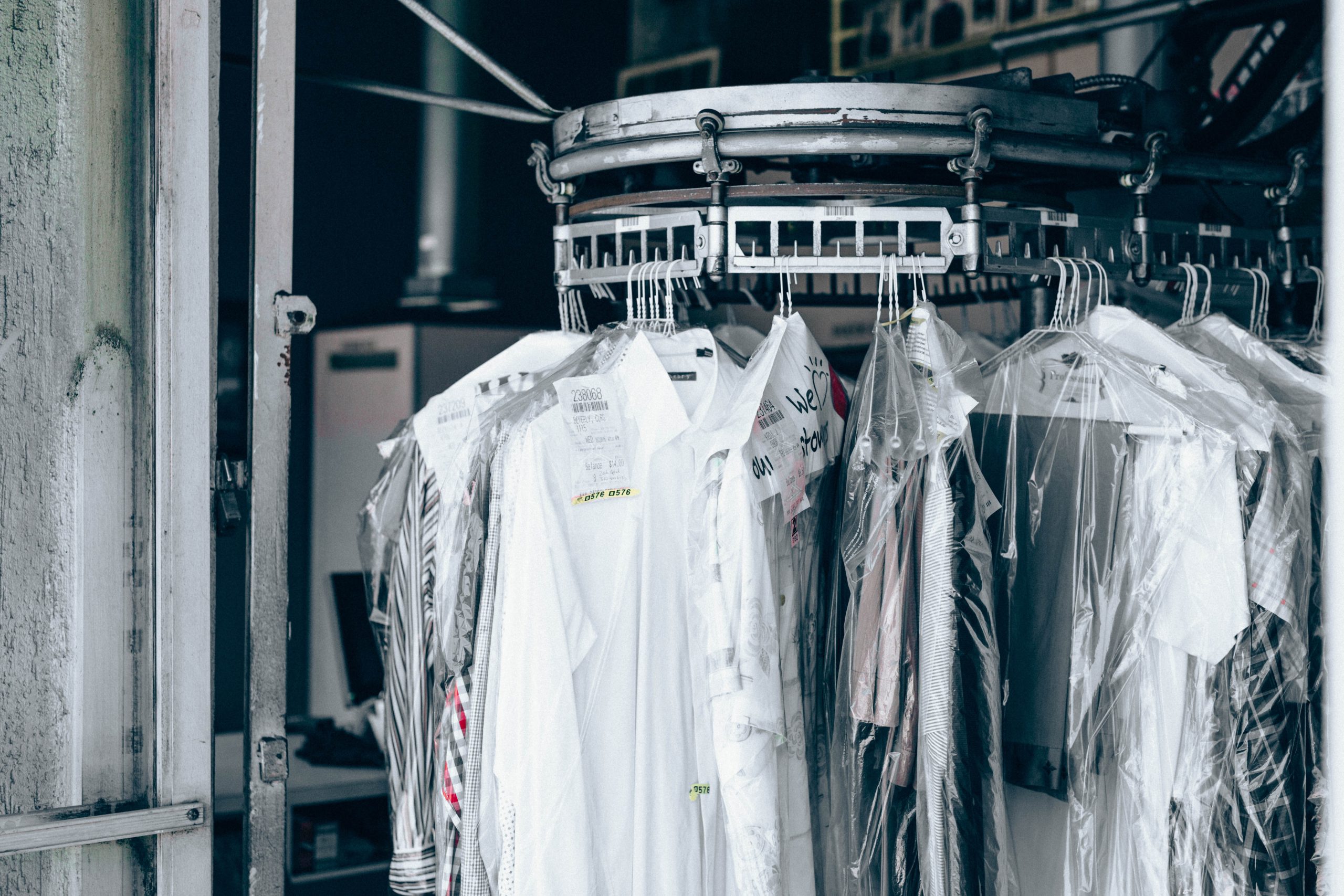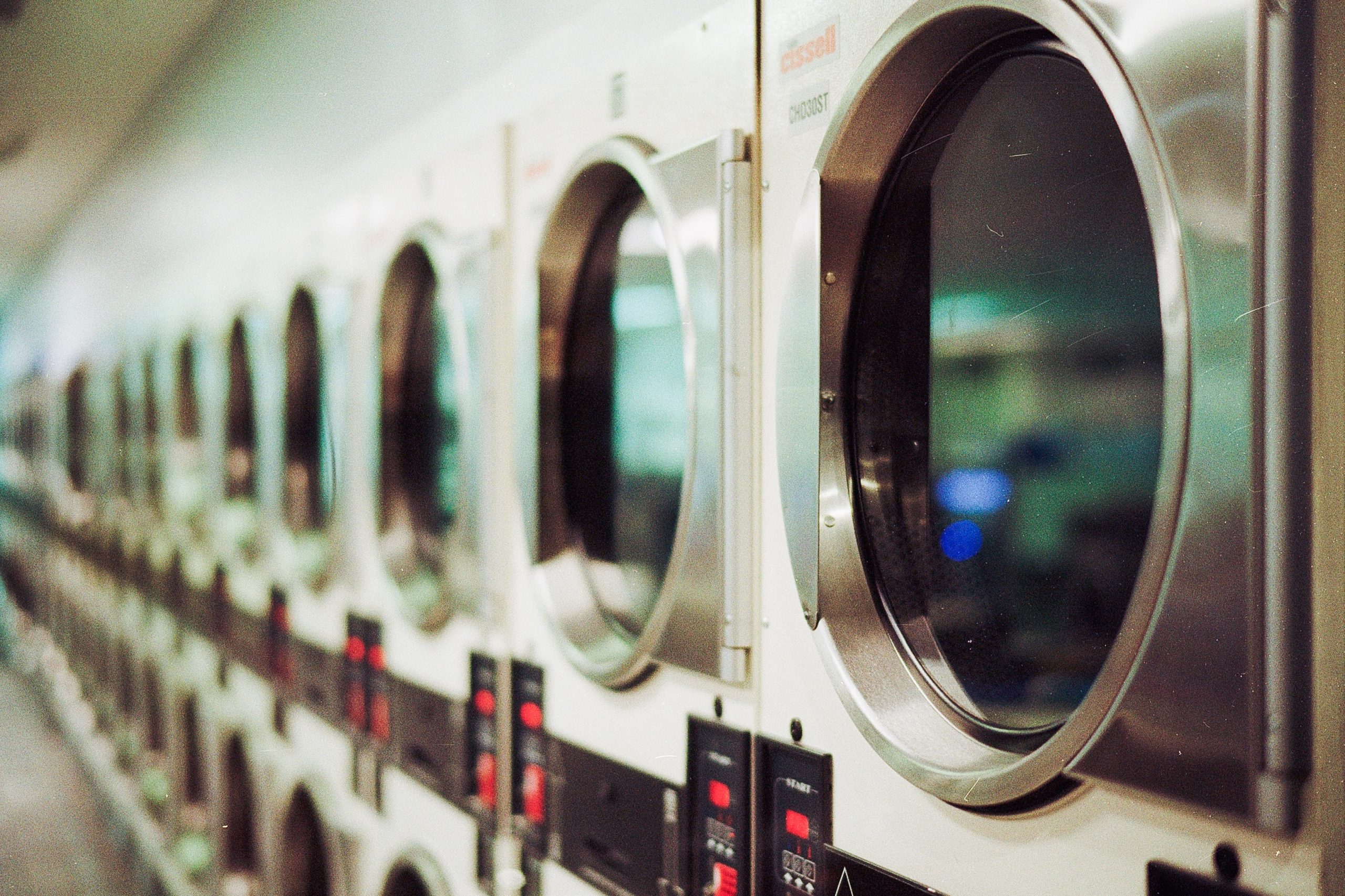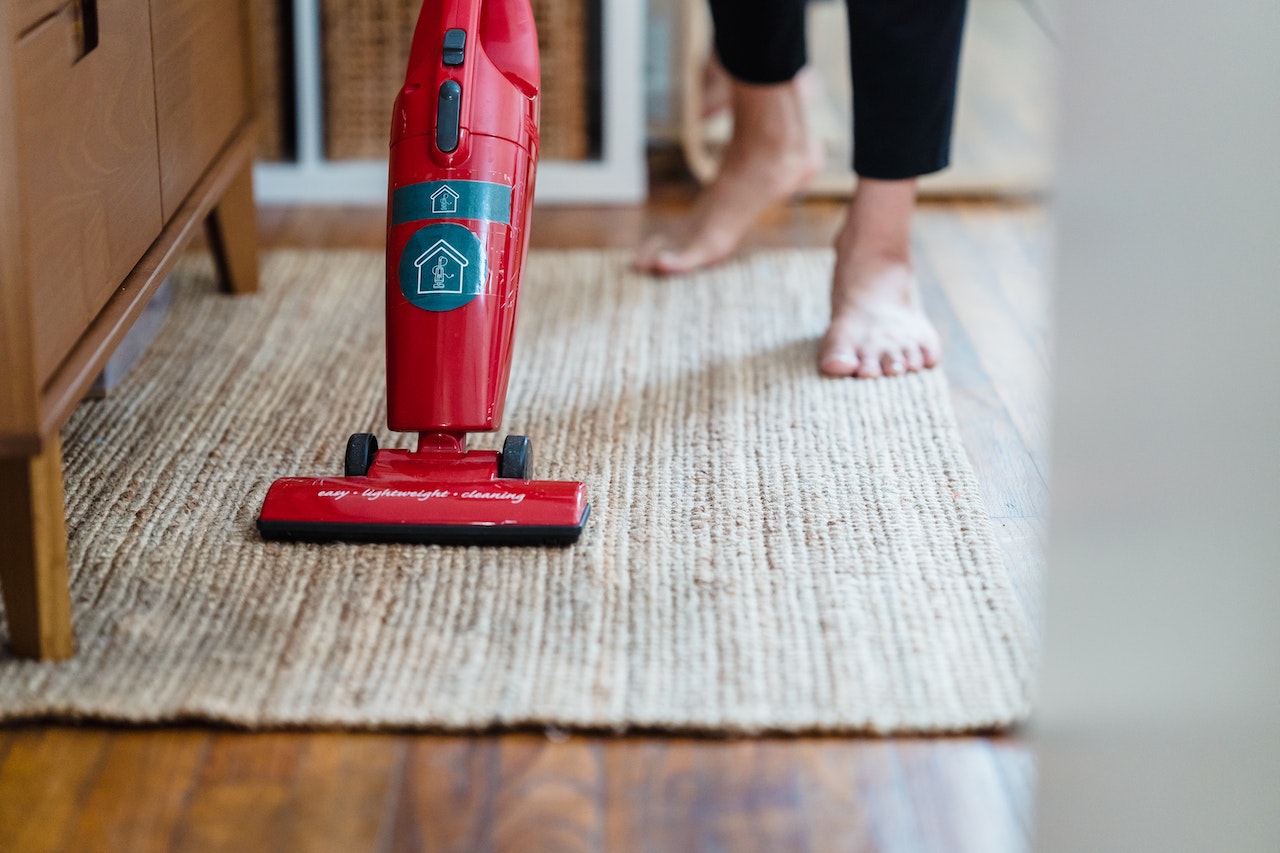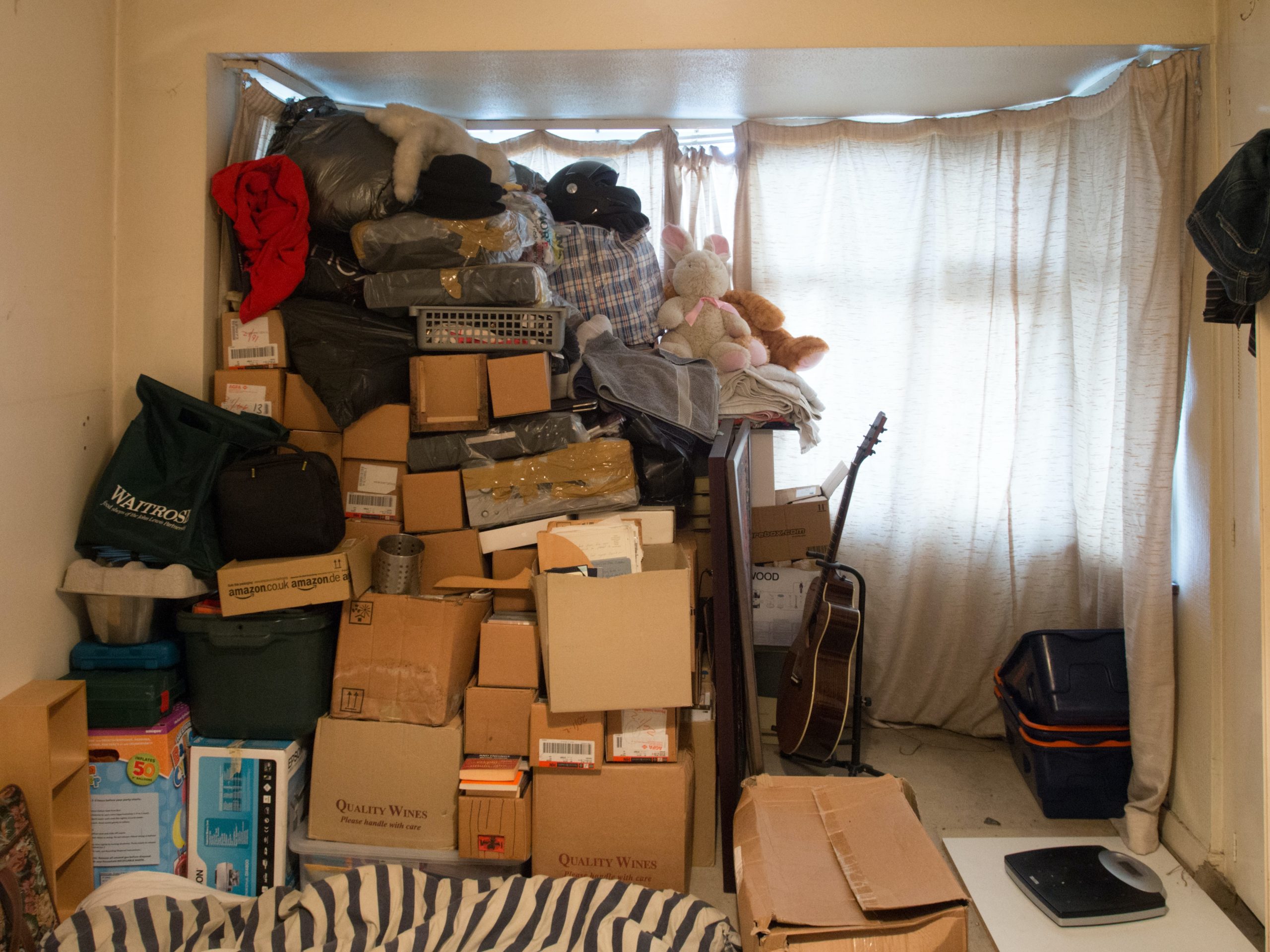Everyone wants to save time and money, especially when it comes to laundry. Air-drying your clothes is an effective way to cut down on energy costs and get the most out of your clothes. Here are five benefits of air drying your clothing.
Save Energy and Money
Air drying your clothes can help you reduce your energy costs significantly. The average dryer uses more than 5,000 watts per hour, so using a dryer regularly can really add up on the electricity bill. By air drying your clothes instead, you can save lots of money over time without sacrificing any of the convenience. In fact, many modern air dryers feature built-in sensors that will stop the machine once the clothes are completely dried—so you don’t have to worry about wasting extra energy by leaving them in there too long.
Air-drying clothes can have a plethora of benefits, not just for your wallet or the environment but for you and your family as well. Air-drying clothes uses no electricity and therefore reduces your monthly electricity bill; additionally, as this type of drying method doesn’t involve heat, it doesn’t damage clothing. Clothes dried in the air often last longer than those put in the tumble dryer. In addition to saving money and energy, air-drying can significantly reduce dust levels and allergens in your home by taking advantage of nature’s own filtering system outside: the fresh air! With more people trying to save money wherever they can, air-drying is one simple habit you should definitely get into.
Reduce Wear and Tear on Clothing
Using a dryer can be incredibly hard on your clothing, as the heat from the machine can cause fibers to break down faster over time. Air drying is much gentler on fabrics because it does not expose them to extreme heat or agitation from tumbling around in a hot drum. This means that air drying can help extend the lifespan of all types of fabrics—from delicate lingerie to thick jeans—for longer lasting wearability with every wash cycle!
Air-drying your clothes is an effective way to save money and extend the life of your wardrobe. Heat from a dryer can cause fabrics to age prematurely, leading to diminishing fabric quality over the course of time – resulting in the need for frequently replacing clothing items. Not only will you be saving money by avoiding replacement costs, but also fragile items like dresses and sweaters that might otherwise be destroyed in a dryer can be air-dried without damage, allowing them to last through multiple seasons. So if you’re focused on sustainability and personal budgeting, try air-drying your clothes – it’s sure to reduce wear and tear without requiring much added effort.
Protect Environmentally Sensitive Fabrics
Many fabrics require special care when washing and drying them in order to protect their environment-friendly materials such as organic cotton or bamboo fabric blends. Air drying these types of fabrics helps retain their shape while preserving their eco-friendly properties; whereas machine drying can cause shrinkage due to high temperatures and tumbling action which breaks down natural fibers more quickly over time. This makes air drying an ideal choice for those looking to preserve their environmentally conscious wardrobe choices for years to come!
Air-drying environmentally sensitive fabrics is a great way to put your laundry care routine in a more sustainable position. It helps conserve electricity, reduce indoor air pollution, and preserve fiber integrity. Some types of fabrics are particularly prone to degradation when exposed to the high heat levels produced by dryers. For example, rayon can develop permanent creasing and shine, polyester may shrink or lose its color intensity and chiffon may wear out quickly due to excess tension caused by overdrying. To keep these fabrics in their best condition we recommend air-drying them instead of using a dryer. By using energy efficient options such as line drying or drying racks you will be helping to protect the environment while taking care of your textiles at the same time.
Air Drying Is Convenient
Air drying is a convenient and eco-friendly method for keeping clothes in great shape. Unlike the tumble dryer, air drying doesn’t cause shrinkage or damage delicate fibres, ensuring clothes remain looking bright and new for longer. Air drying involves simply hanging wet items of clothing up on a washing line or over a railing. The warmth of the sun and gentle breeze further whiten whites and freshen fabric, making it ideal for those days when you don’t have time for an ironing session. It’s also economical; no extra electricity or detergent costs make air drying a great option if you’re trying to save money without compromising on quality results.
Air drying clothes naturally has a number of benefits, and it is starting to become more popular as an eco-friendly alternative to tumble drying. Not only is air drying great for conserving energy but it can actually extend the life of your clothing by minimizing wrinkles and static. In addition, your clothing will smell wonderful due to being naturally dried outside or near an open window. Air drying is a simple process that saves you time and money as well as helping you lead a more sustainable lifestyle. So next time you need to dry your clothes, think about the positives of air drying and make the switch today!
With the advance of technology and automation, machine drying has become a commonly-used addition to many laundry rooms. Despite its convenience, there are some drawbacks to machine drying that should be carefully considered when deciding how to dry your clothes. For instance, machine drying can damage delicate fabrics as it subjects them to high heat, which can cause shrinking or fading of colors. Additionally, higher temperatures may increase static electricity, causing clothing items to cling together during and after the drying cycle. Moreover, over-drying using a machine can create extra friction on the fabric fibres leading to fabric wear and tear over time. Finally, energy costs for running these machines tend to be higher than in traditional methods such as hanging clothes up to dry on a clothesline or rack. When choosing how to dry your laundry, it’s important to consider the potential cons of machine drying before settling on this convenient option.
Today’s air dryers offer plenty of convenience features like timers, adjustable temperature settings, and even automatic shut offs for added peace of mind during busy times. Not only that, but since these machines are designed for indoor use they don’t require any outside space like a traditional line or stand-alone rack would need; making them perfect for small apartments or city living where outdoor space may be limited or non-existent! All in all, air drying has plenty of great benefits that make it a great option for anyone looking to save time and money while still getting the best performance out of their laundry routine!…



